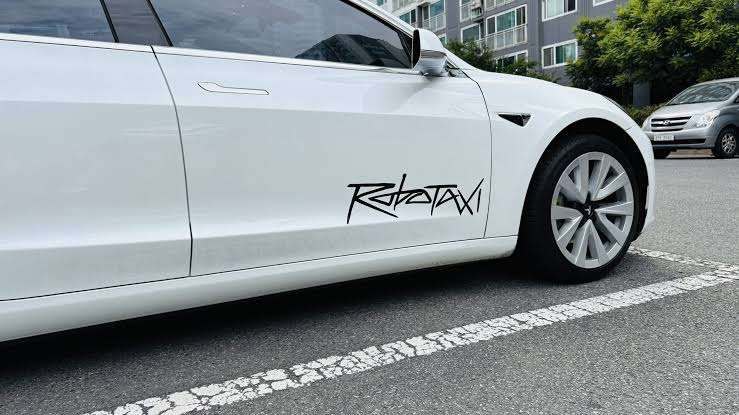Tesla has finally pulled the curtain back on its long-teased robotaxi service, officially launching it in a limited capacity in Austin, Texas. 
The rollout marks a pivotal but cautious step in the company’s self-driving ambitions, blending both autonomous technology and human oversight.
The current fleet-between 10 and 20 vehicles-will operate within specific geofenced zones of Austin. Rides can be booked through a newly developed app, with service hours running from 6:00 AM to midnight. Each vehicle is equipped with Tesla’s Full Self-Driving (FSD) system and includes a physical Tesla attendant in the passenger seat. These attendants can take immediate action in emergencies using a custom-built UI interface with “pull over” and “emergency stop” commands.
To further mitigate risk and regulatory complications, Tesla has also integrated a teleoperations team-real humans monitoring and ready to take remote control when needed. This approach helps skirt around a key challenge: Texas’s new law (effective September 1st) that allows only Level 4 autonomous vehicles. Tesla’s FSD remains classified as Level 2, meaning it’s not legally autonomous under the new rule. Tesla’s hybrid model of human backup is its current workaround.
Meanwhile, Waymo, Google’s autonomous arm, continues to dominate the space with true Level 4 operations in Phoenix, San Francisco, LA, and now Austin. Its fleet-currently based on the Jaguar I-Pace-is already achieving solid traction, with Wells Fargo predicting a 10% U.S. market share by 2030. Waymo’s upcoming sixth-generation vehicle will swap out the Jag for a purpose-built Zeekr minivan loaded with 13 cameras, 4 LiDARs, and 6 radar sensors, emphasizing its hardware-heavy, sensor-driven approach.
Tesla, on the other hand, takes a software-first path, relying solely on advanced cameras and neural networks trained to detect even single photons. Elon Musk believes this vision-based method, enhanced by Tesla’s upcoming AI5 chip later this year, will eventually outperform LiDAR-centric systems.
Looking ahead, Tesla plans to unveil the Cybercab in 2026-a custom ride-hailing vehicle aimed at redefining urban mobility and capturing a significant slice of what Wedbush analyst Dan Ives calls a $1 trillion robotaxi opportunity. Musk has also hinted at a major moment later this month: on June 28th, the first Tesla vehicles will reportedly drive autonomously from the production line straight to their new owners’ homes.
While it’s still early days and many hurdles remain, the launch marks a defining moment in Tesla’s autonomy journey. It may not be full self-driving as Musk once promised-but it’s moving fast, and now, it’s moving for real.